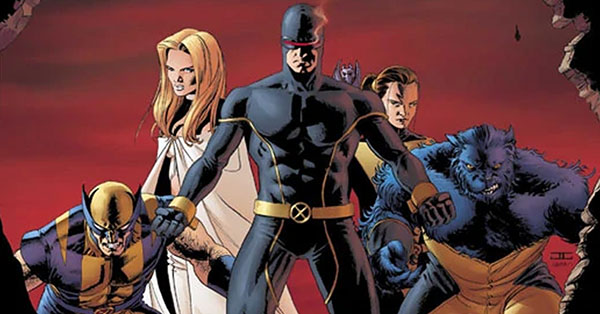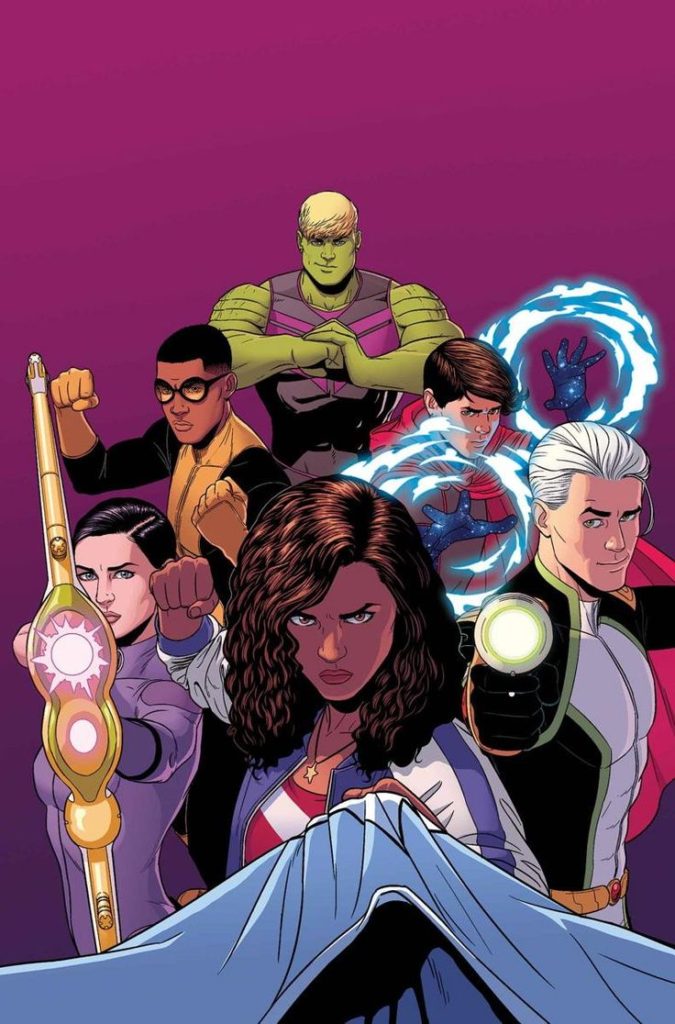Today I have an update to one of the first guides that I created for the site, 12 years ago in August 2010 – my Guide to Astonishing X-Men & Amazing X-Men!
Guide to Astonishing X-Men & Amazing X-Men
No new collections have been released for the three series in this guide – Astonishing X-Men (2004), Amazing X-Men (2014), and Astonishing X-Men (2017). However, that doesn’t mean there was nothing to update and improve! The guide now includes ISBNs for all collections, links for digital purchasing options, links to read on Marvel Unlimited, an improved table of contents, and more-specific information about creators and release dates.
Updating the Guide to Astonishing X-Men always makes me feel old in X-Men years, because hen I first penned this guide it was entirely about Joss Whedon & John Cassaday’s Astonishing X-Men! I launched my original X-Men guides before “Second Coming” was over in 2010, and was just catch up on the team’s move from San Francisco in general to Utopia in specific.
One of the great things about both Astonishing X-Men and Amazing X-Men is that they were always books that appealed to mega-fans but were easy to pick up for casual readers. Every creator change on either title brings a new jumping-on point, whether that’s Whedon’s self-contained run, Marjorie Liu’s character-focus, or Christopher Yost’s throwback to vintage Claremontian themes.
If you’re a multi-media X-Men fan who has always wanted to check out their comics, even single section of the Guide to Astonishing X-Men & Amazing X-Men could be a good place for you to start.



